Key Takeaways
- AI in education is a supportive tool — not a teacher replacement — offering personalized learning, automation, and accessibility.
- Virtual agents and AI tools can streamline administrative tasks, assist with grading, and provide customized learning experiences.
- AI-powered learning apps and tools improve accessibility for students with disabilities and non-native speakers.
- Major challenges include ethical concerns, data privacy, high costs, and lack of teacher training.
- Education 4.0 envisions a future where AI enhances global literacy and supports personalized education at scale.
- Tools like Jotform AI Agents make AI in education more accessible, with no-code solutions for streamlining communication.
The use of artificial intelligence (AI) in education has become a point of contention among educators, parents, and students. There are many benefits of combining AI and learning for both teachers and students, but the challenges and concerns that come along with it — plagiarism, an overdependence on technology, and job insecurity — may be more than some are willing to risk.
One of the core concerns for teachers is that they may soon be out of work due to digital replacements. In actuality, though, these tools are designed to help teachers, not replace them. From handling administrative tasks to providing personalized solutions for students, AI in education is a revolution that can help all involved.
Can AI replace teachers?
Despite AI’s increasing prevalence, it’s highly unlikely that the technology could ever replace teachers. While some believe AI can perform the tasks of educators, the depth and complexity of teaching roles are much more nuanced than an automated program can grasp.
Professor Neil Selwyn of Monash University in Australia argues that educational professions “demand endless amounts of relational and emotional work, complex tacit knowledge, high-level improvisation skills, and many other nuances that transcend the formulaic ‘tasks’ that workplace AI is being developed to take on.”
Research from the American Psychological Association (APA) also supports this view, showing that the relationship between teachers and students “has important, positive, and long-lasting implications for both students’ academic and social development.” These human relationships are essential for creating a successful learning environment for students and cannot be easily replaced by AI systems, which can’t replicate these dynamics.
But just because we shouldn’t replace teachers with AI doesn’t mean this revolutionary technology has no place in the education system.
For example, an article by the Educational Records Bureau (ERB) highlights the ability of generative AI programs to assist teachers with administrative tasks. By handling mundane tasks, AI solutions can give teachers back precious time with their students, enhancing their overall classroom experience.
The role of AI in education
Instead of replacing teachers, AI in education should be used as a supplementary assistant to educators. There are many alternative uses for AI technology in the classroom.
Personalized learning, accessibility, and special education
Not every student will learn the same way or at the same speed. That’s why personalized learning plans are so essential for student success. Personalized learning, also known as adaptive teaching, is a process that involves assessing students’ needs and creating personalized learning plans, setting goals, and monitoring progress to ensure educators meet those needs.
While personalized learning benefits students, it requires a great deal of extra work for educators. That’s where AI can help. AI chatbots, like Jotform AI Agents, can collect data for educators and assist in creating personalized learning plans with ease. Generative AI tools can even create entire plans for teachers to review and approve.
Studies are already showing that AI-driven personalized learning can have a huge impact on student success. For example, a recent independent study showed that students who had AI-driven personalized learning saw an increase in test scores of around 12 percent and were more engaged than their peers.
These tools can also be used in special education, providing better access to Individualized Education Plans (IEPs) for students with disabilities. Teachers can focus on meeting their students’ needs while still producing the necessary paperwork to reach their educational goals.
AI tools can also help make school more accessible for students with disabilities or learning differences. For example, educators can use generative AI to create alt text for screen readers or translate content for non-native speakers.
Automatic grading
Grading is another educational task where AI may be able to save teachers time. Many critics worry about the accuracy of AI grading, but according to recent research, AI solutions often reach the same conclusions as teachers — even when presented with complex tasks like grading essays.
One study by Tamara Tate from the University of California found that ChatGPT was within one point of a human grader 89 percent of the time. This could mean a human grader would rate an essay as a one, and AI may find it to be a two on a six-point grading scale. However, this rate of agreement was not consistent throughout every subject and level of complexity. Based on her results, Tate concluded that AI grading tools such as ChatGPT should only be used for low-stakes purposes.
Ultimately, these tools can be used to save time on minor assignments but should not be relied upon to take over more subjective or nuanced tasks. Using a preprogrammed AI agent to help grade a multiple-choice quiz could help decrease a teacher’s workload, but educators should still plan on grading assignments like final exams and term papers themselves.
Administrative support
Low-value administrative tasks are where AI agents in education may prove most valuable. According to EducationWeek, teachers spend 29 hours per week — or 46 percent of their weekly workload — on nonteaching tasks. AI can help give them this time back, or at least reduce the impact of administrative tasks on their day-to-day workload.
AI solutions can help handle registration, questions, turning in assignments, collecting feedback, and more through chatbots. These digital tools can reduce the burden of mundane tasks and make room in educators’ schedules for more one-on-one learning, complex grading, and classroom management.
Language learning apps
Learning a new language is difficult for even the most gifted students, and providing each student with the individualized attention they need to succeed can be overwhelming for a single teacher. That’s why many educators are turning to AI-driven language learning apps, which provide a personalized experience for students to thrive.
These apps are so beneficial for language learning that even the official European School Education Platform (ESEP) advocates for their use. The European Union has 24 official languages, along with many minority languages and dialects, making language learning a top priority in their schools.
In their assessment of these tools, the ESEP identified a few top benefits, such as
- Personalization: AI solutions can customize learning to match different students’ personal, cultural, and educational needs.
- Gamification: AI in schools can make learning more engaging and fun for students by gamifying the learning process.
- Real-time feedback: Teachers can tailor lessons to students’ needs using the data analysis and insights AI provides as it studies students’ learning habits.
- Accessibility: AI-driven mobile apps can provide educational opportunities to students regardless of where they live or their socioeconomic status.
These features help students to excel in their language learning experience without overburdening educators to cater to each pupil’s individual needs.
The benefits of using AI in schools
It’s clear AI is changing the way educators do their jobs. In many ways, this is a positive for hardworking teachers, as it gives them access to benefits like the following:
- Increased efficiency in administrative processes: AI in education can significantly improve the efficiency of administrative tasks for teachers. McGraw Hill Education found that 65 percent of teachers use AI to reduce time spent on administrative tasks, listing it as the top benefit of this technology.
- Personalized learning experiences tailored to individual needs: McGraw Hill also found that the second-highest perceived benefit of AI in education was its ability to provide personalized learning experiences for each student — with 63 percent of surveyed teachers using this functionality.
- Improved accessibility for students with disabilities: For students with physical disabilities, AI can act as a way to level the playing field in the classroom. AI can add alt text, improve screen reader usage, and more to ensure all students receive an equal educational experience.
- Data-driven insights for teachers and institutions: Data is essential to improving any industry. For teachers and administrators, AI can analyze data such as test scores and attendance rates to identify areas for improvement and success.
The challenges of using AI for education
Although AI may have the potential to provide significant benefits for educators, administrators, and students, this new technology is not without its share of concerns. In fact, 73 percent of people worry about the risks of AI, and only 50 percent believe that the benefits outweigh the costs, according to a study by the University of Queensland.
While each critic may have their own viewpoint, there are a few common concerns surrounding AI in education.
Ethical concerns and potential biases
One of the core concerns over AI use in education is the ethical ramifications. Will students become overly reliant on AI? Will AI develop biases based on the data it’s trained with that can skew the accuracy of results? These unknowns make many teachers resistant to the widespread use of this technology.
Data privacy and security issues
A more widespread issue broadly concerning AI is the fear of a lack of data privacy. The Pew Research Center found that 81 percent of Americans believe the “information [AI] companies collect will be used in ways that people are not comfortable with.” This becomes an increasingly serious issue when considering the age of AI users in an educational setting — with 34 percent of educators citing this as a key deterrent toward AI use.
High implementation costs and inequality of access
While educators have access to some free AI solutions, such as Jotform AI Agents, many programs are expensive. McGraw Hill found that 47 percent of educators believed high costs were one of the key barriers to AI adoption. This creates an inequality gap between schools with the funding for these solutions and those without. These solutions also typically require a reliable internet connection, which can become another factor of inequity.
Lack of teacher training
With the little spare time teachers already have, it may seem unrealistic to expect educators to learn how to use AI effectively. However, if teachers don’t have the proper training, they could end up using AI solutions incorrectly or ineffectively, making them less valuable overall. This lack of time for training is another barrier to AI adoption among teachers, with 38 percent considering it a core factor.
The future of AI in education
AI isn’t going anywhere anytime soon, which is why many educational experts are trying to find new ways to use it to improve the industry. This results in an idea that some sources, such as the World Economic Forum, call Education 4.0.
The idea of Education 4.0 leans heavily on the use of AI in schools. Although it is made up of a broad web of ideas, there are a few things to keep in mind for how AI in education may evolve moving forward:
- Using machine learning in the classroom: Through machine learning technology, AI in schools will become better at analyzing data, performing administrative tasks, and more, opening up new opportunities for teachers to improve their classrooms.
- Driving personalized education: The advancement of AI can create better personalized learning and tutoring opportunities for students. These personalized approaches can help support students with different learning needs without requiring extensive hands-on time from an educator.
- Improving global literacy and educational equity: Not only will AI help to improve students’ digital literacy, but it can also provide educational opportunities and access to students in areas that are otherwise underserved, underfunded, or inaccessible.
Finding the balance of AI in education
While there are reasonable concerns about the role of AI in education, teachers can rest easy knowing that they are ultimately irreplaceable. Instead, educators should consider AI to be an asset they can use to improve their classroom, lighten their workload, and benefit their students. Solutions like Jotform AI Agents provide a free tool for educators looking to elevate their teaching and discover new opportunities for future success.
Photo by Mikhail Nilov



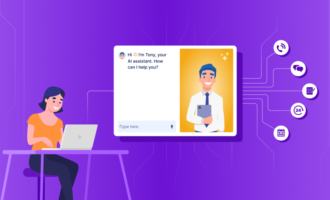
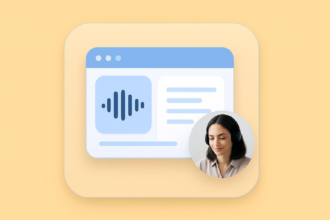
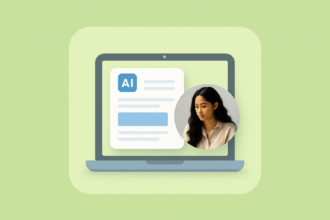






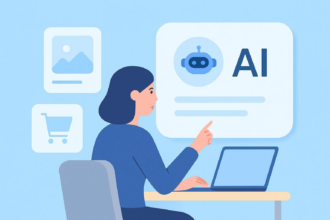
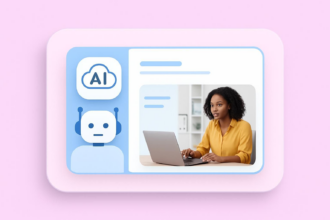


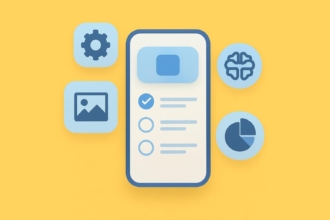


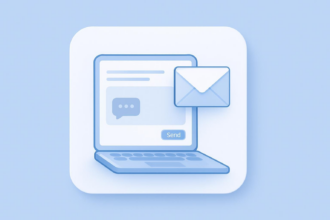

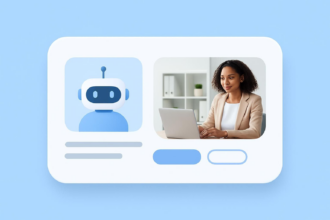

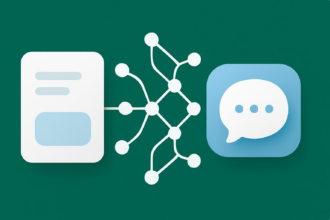

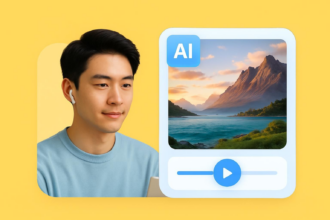

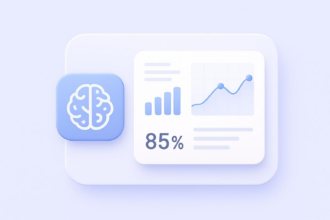
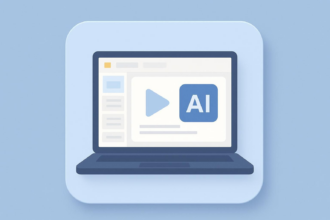
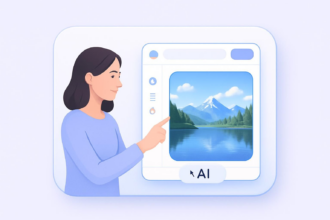


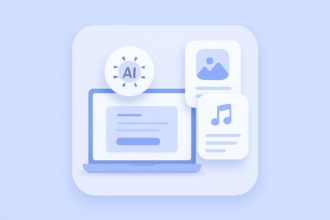
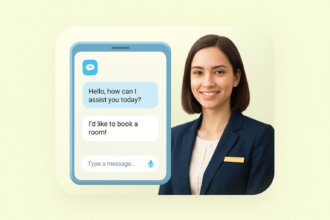

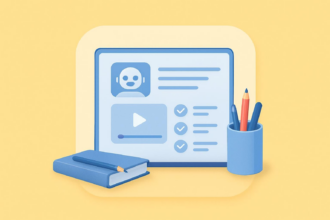


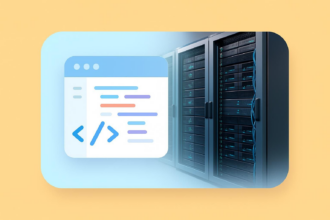


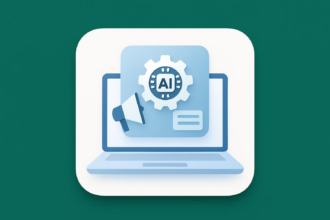
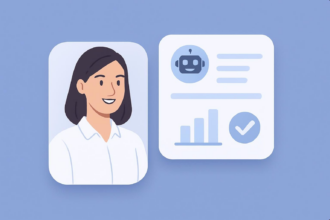

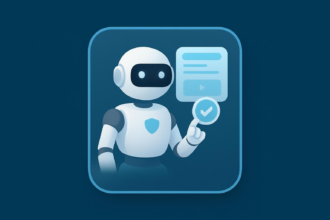
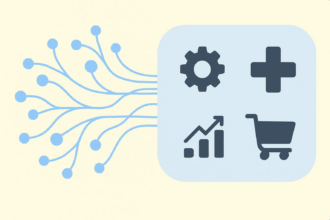
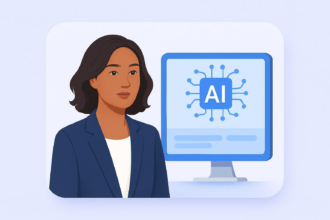















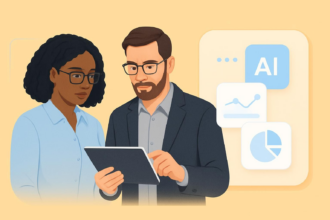

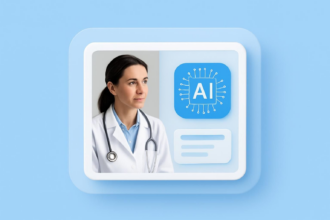

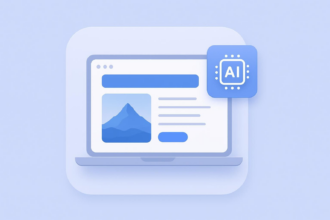


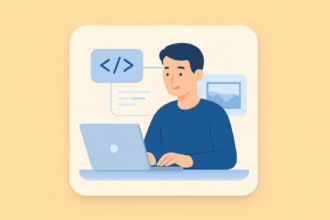



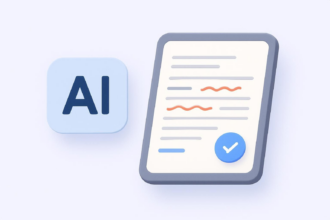

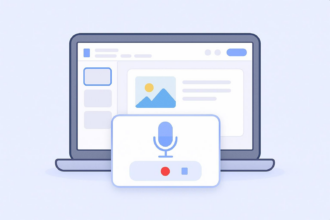

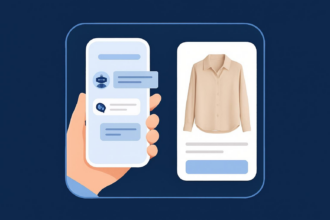


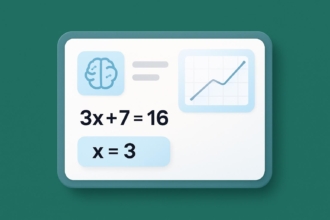


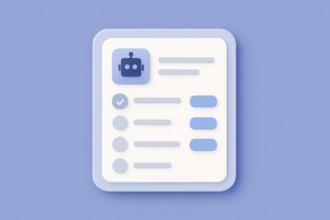

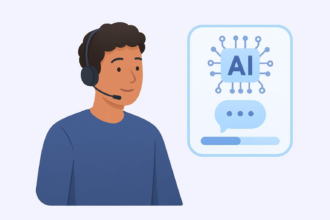
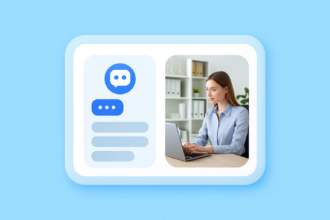




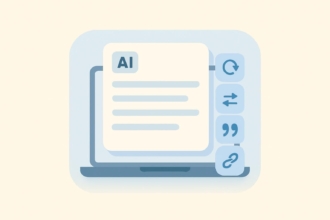
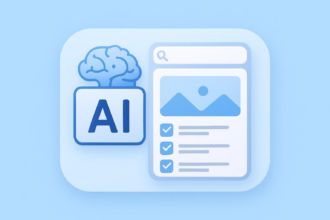
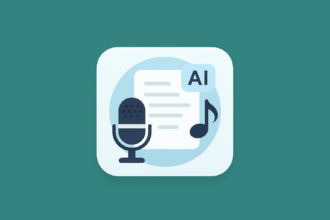


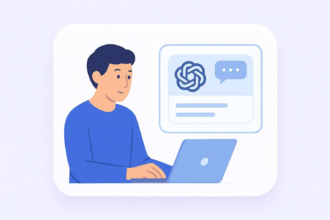
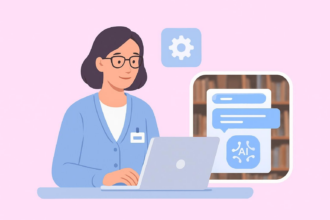



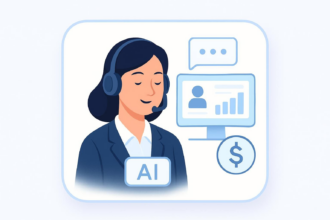

Send Comment: